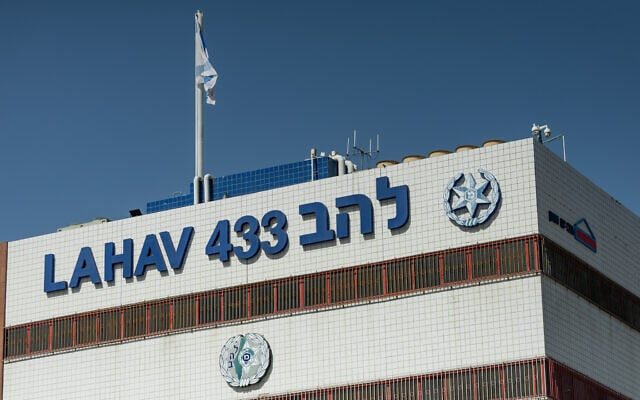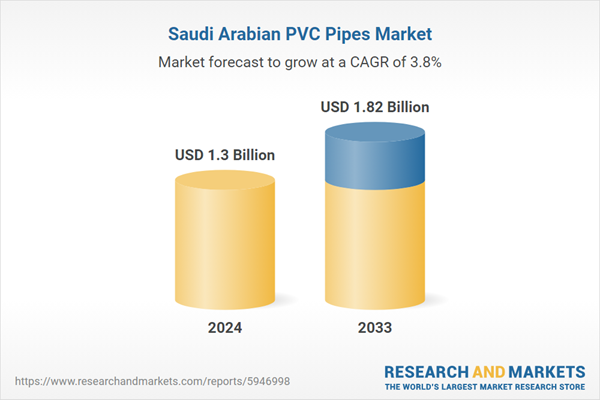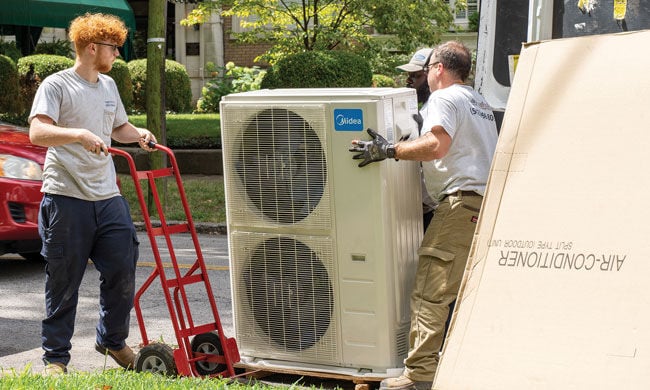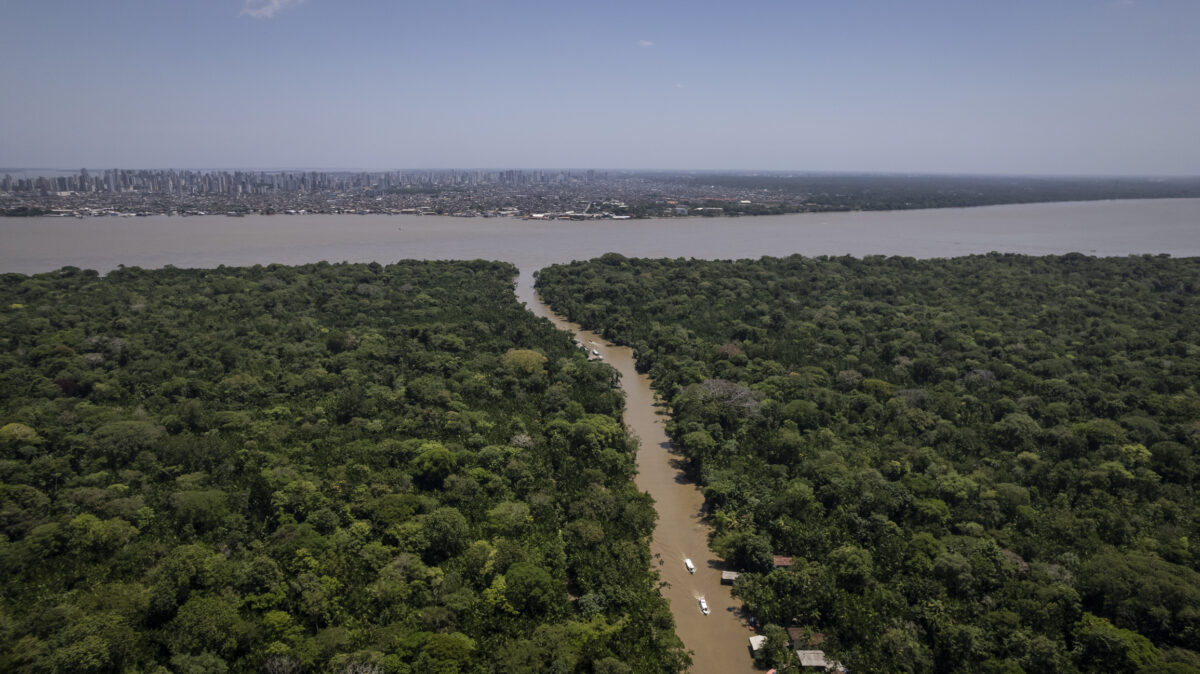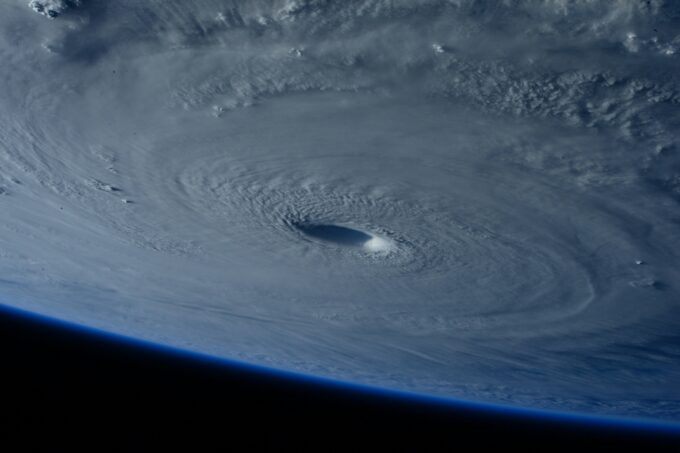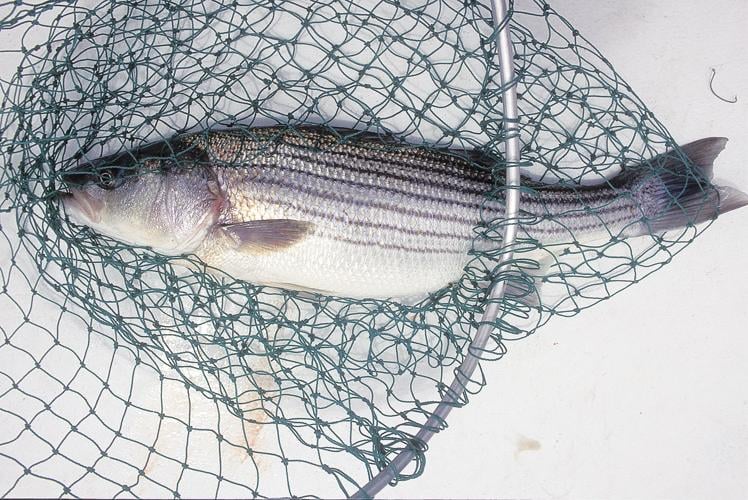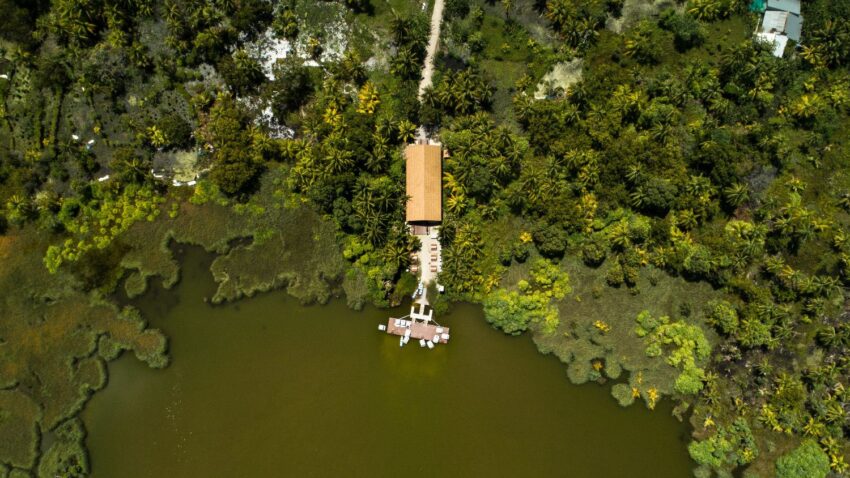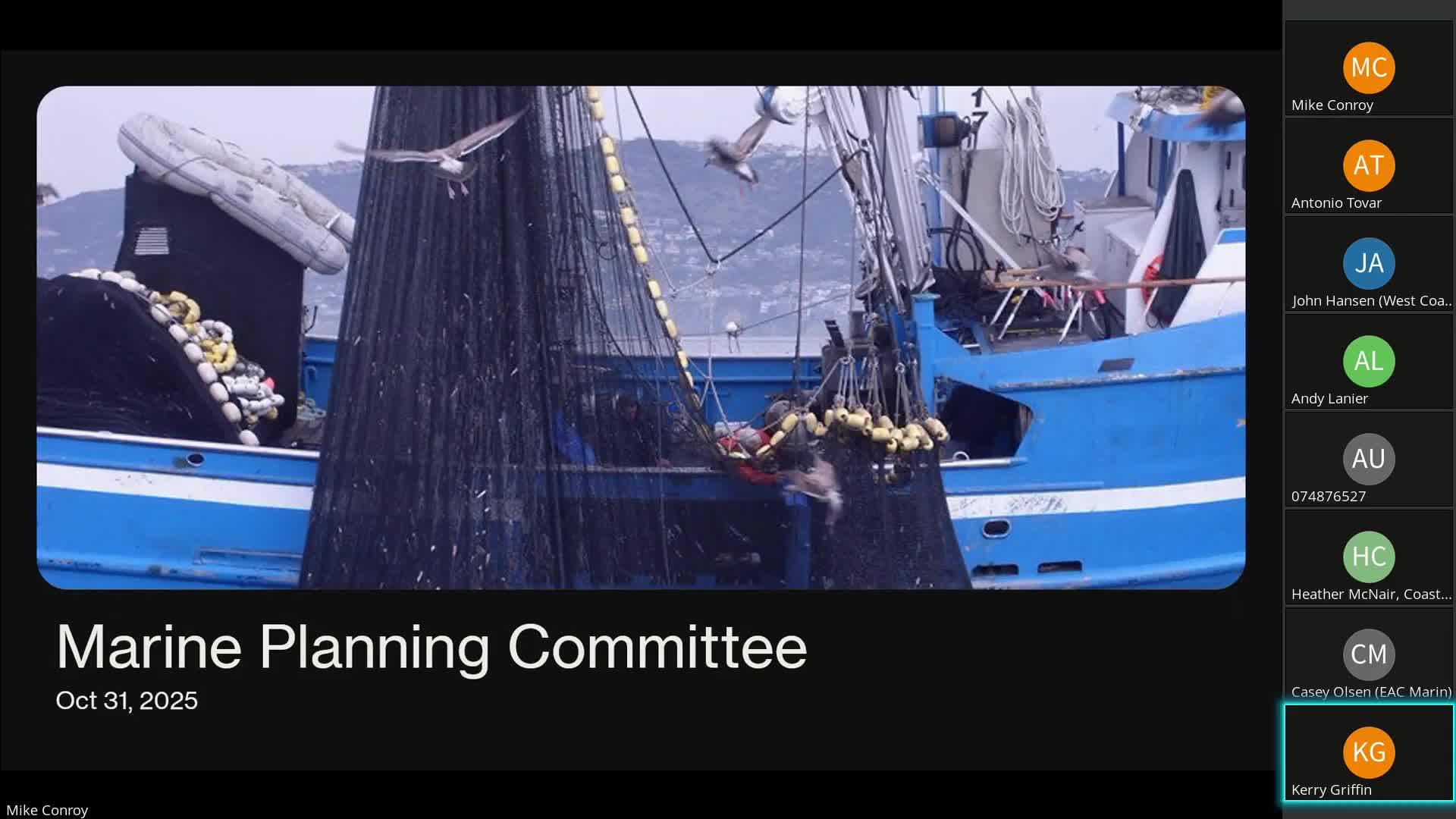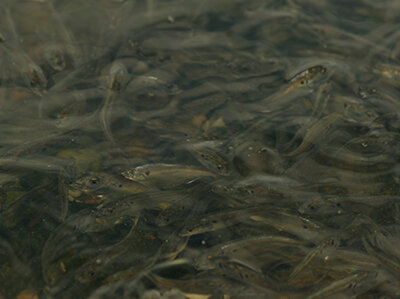Here’s How Satellites Play a Pivotal Role in Monitoring the Health of Coral Reefs – National Environmental Satellite, Data, and Information Service (.gov)

Coral Bleaching and Its Impact on Coral Reefs
Understanding Coral Bleaching
Coral bleaching occurs when corals lose their symbiotic algae due to environmental stress, primarily elevated ocean temperatures. While bleaching itself does not immediately kill coral, it injures the coral by depriving it of its primary food source. Prolonged algae loss combined with continued stress can lead to coral death. Recovery is possible if the bleaching event is not severe and conditions improve quickly.
Recovery and Risks
- Coral can recover within weeks by regrowing algae if the stress is alleviated.
- If coral dies, reef recovery may take decades.
- Bleached corals become vulnerable to diseases and may not survive if ocean temperatures remain high.
Monitoring Coral Bleaching Using Satellite Technology
Satellite Data and Coral Reef Watch
NOAA and international partners utilize satellite technology to monitor ocean temperatures and identify regions at risk for coral bleaching. Key instruments include:
- Advanced Baseline Imager (ABI) aboard the GOES-R satellite series
- Visible Infrared Imaging Radiometer Suite (VIIRS) on NOAA-20
These instruments measure infrared radiation emitted from the ocean to determine temperature data.
Predictive Analysis
Current ocean temperature data is compared against long-term average ocean temperatures (climatology) to generate predictive products focused on coral health. This allows scientists and natural resource managers to anticipate bleaching events and implement protective measures.
Conservation Efforts and Sustainable Development Goals (SDGs)
Proactive Management and Species Preservation
- In 2015, early alerts enabled reef managers in Hawaii to rescue rare coral species.
- Rescued corals are being prepared for reintroduction into their natural habitats.
Innovative Techniques for Coral Protection
Scientists are exploring novel methods such as creating artificial clouds to reflect solar radiation and reduce ocean warming. Satellite data is critical for the effective implementation and monitoring of these interventions.
Alignment with Sustainable Development Goals
- SDG 14: Life Below Water – Protecting coral reefs supports marine biodiversity and ecosystem health.
- SDG 13: Climate Action – Monitoring and mitigating the effects of ocean warming contribute to climate resilience.
- SDG 15: Life on Land – Coral reefs support coastal protection and livelihoods, linking marine and terrestrial ecosystems.
Recent Trends and Global Impact
Increasing Ocean Temperatures and Bleaching Events
The past five years have been the warmest on record, resulting in increased frequency and severity of coral bleaching. From mid-2014 to mid-2017, the world experienced the first multi-year global coral bleaching event, with high ocean temperatures shifting between the northern and southern hemispheres.
Conclusion
Effective monitoring and early warning systems enabled by satellite technology are essential for coral reef conservation. These efforts contribute directly to achieving the Sustainable Development Goals by promoting marine ecosystem health, climate resilience, and biodiversity preservation.
Credit: NOAA’s National Ocean Service
1. Sustainable Development Goals (SDGs) Addressed or Connected
- SDG 14: Life Below Water
- The article focuses on coral bleaching, coral reef health, and marine ecosystem preservation, which directly relate to SDG 14 aimed at conserving and sustainably using the oceans, seas, and marine resources.
- SDG 13: Climate Action
- The article discusses rising ocean temperatures causing coral bleaching, linking it to climate change impacts and the need for climate action to reduce heat stress on marine ecosystems.
- SDG 9: Industry, Innovation and Infrastructure
- The use of satellite technology and advanced monitoring systems (GOES-R, NOAA-20 satellites) to predict and manage coral bleaching events relates to innovation and infrastructure development under SDG 9.
2. Specific Targets Under Those SDGs Identified
- Under SDG 14: Life Below Water
- Target 14.2: Sustainably manage and protect marine and coastal ecosystems to avoid significant adverse impacts, including coral reefs.
- Target 14.3: Minimize and address the impacts of ocean acidification, which is related to ocean temperature and coral health.
- Under SDG 13: Climate Action
- Target 13.1: Strengthen resilience and adaptive capacity to climate-related hazards and natural disasters, including heat stress affecting coral reefs.
- Target 13.3: Improve education, awareness-raising, and human and institutional capacity on climate change mitigation, adaptation, impact reduction, and early warning systems.
- Under SDG 9: Industry, Innovation and Infrastructure
- Target 9.5: Enhance scientific research, upgrade technological capabilities of industrial sectors, including environmental monitoring technologies.
3. Indicators Mentioned or Implied to Measure Progress
- Coral Bleaching Events and Recovery Rates
- Monitoring the frequency, severity, and duration of coral bleaching events as indicators of coral reef health and ecosystem resilience.
- Recovery time of coral reefs after bleaching events (weeks to decades) as a measure of ecosystem restoration success.
- Ocean Temperature Data
- Satellite-derived sea surface temperature anomalies compared to long-term climatology to predict bleaching risk.
- Use of infrared radiation measurements from satellites (GOES-R, NOAA-20) as an indicator of heat stress on coral reefs.
- Early Warning and Response Systems
- Effectiveness of alerts and monitoring systems in enabling timely interventions to protect coral species (e.g., coral rescue in Hawaii).
- Technological Innovation in Climate Adaptation
- Development and implementation of new techniques such as artificial cloud creation to reduce solar radiation and ocean warming.
4. Table: SDGs, Targets and Indicators
| SDGs | Targets | Indicators |
|---|---|---|
| SDG 14: Life Below Water |
|
|
| SDG 13: Climate Action |
|
|
| SDG 9: Industry, Innovation and Infrastructure |
|
|
Source: nesdis.noaa.gov

What is Your Reaction?
 Like
0
Like
0
 Dislike
0
Dislike
0
 Love
0
Love
0
 Funny
0
Funny
0
 Angry
0
Angry
0
 Sad
0
Sad
0
 Wow
0
Wow
0


















